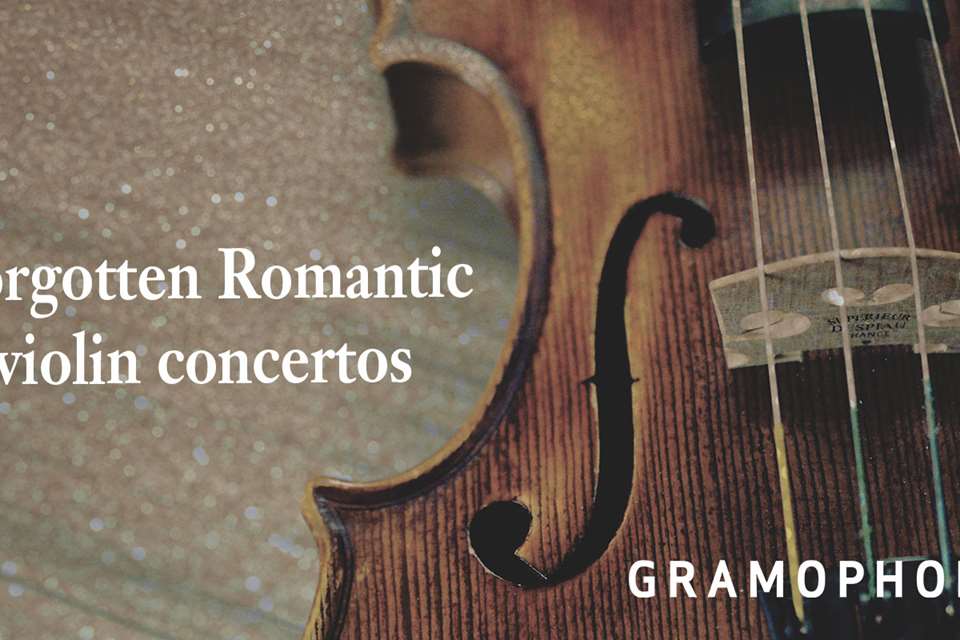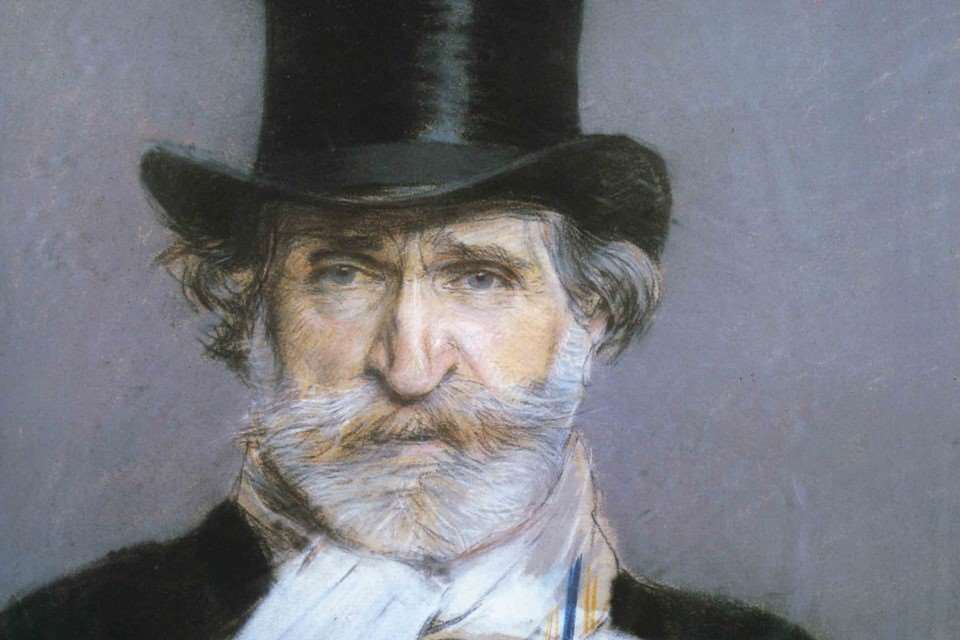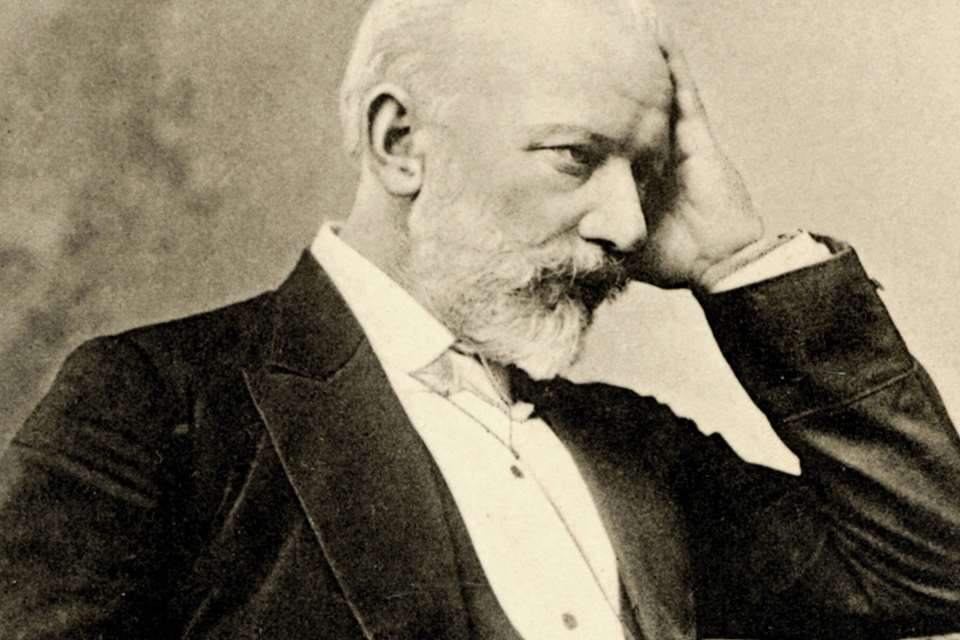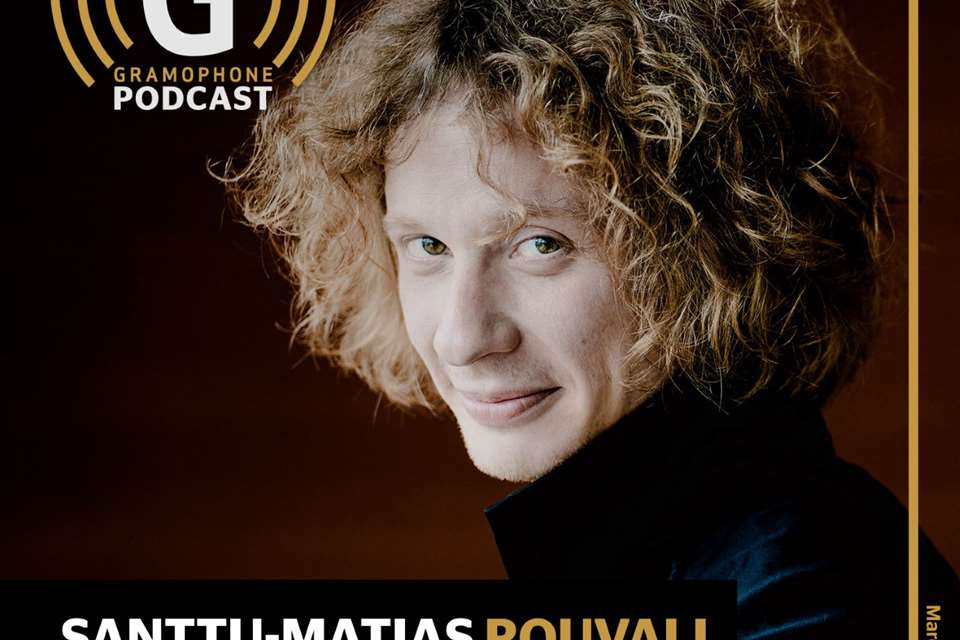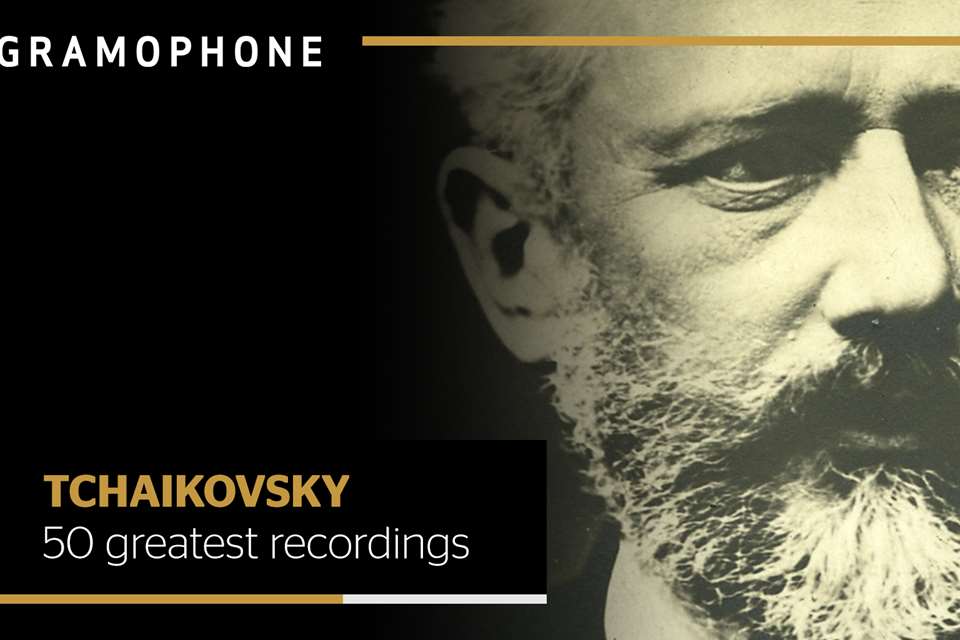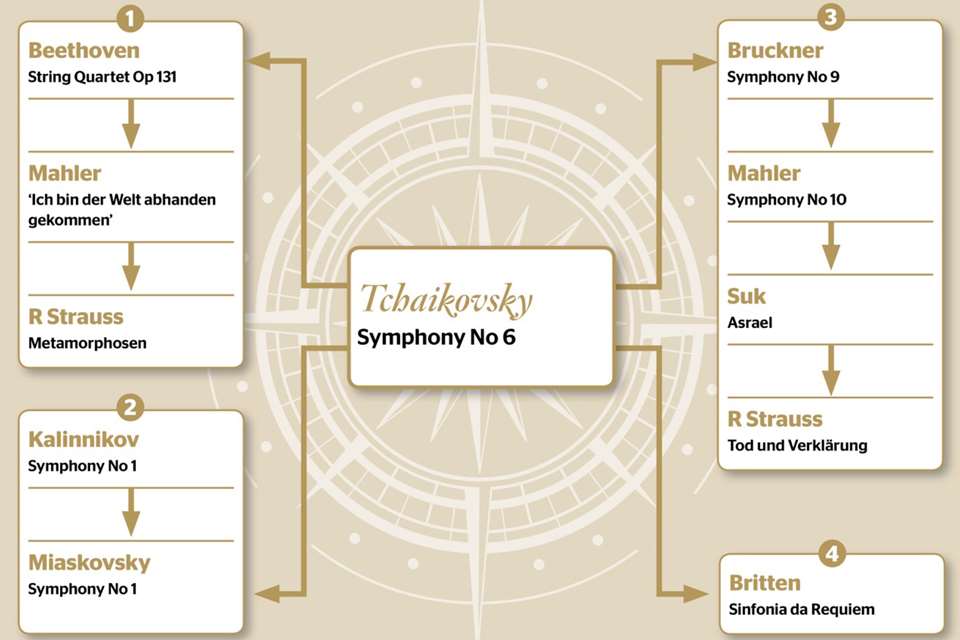Tchaikovsky's Violin Concerto: a deep-dive into the best recordings
Mark Pullinger
Monday, February 6, 2023
Despite its troubled early reception, Tchaikovsky’s Violin Concerto has become a favourite among soloists and audiences. Mark Pullinger considers recordings spanning 70 years and selects his overall top choice
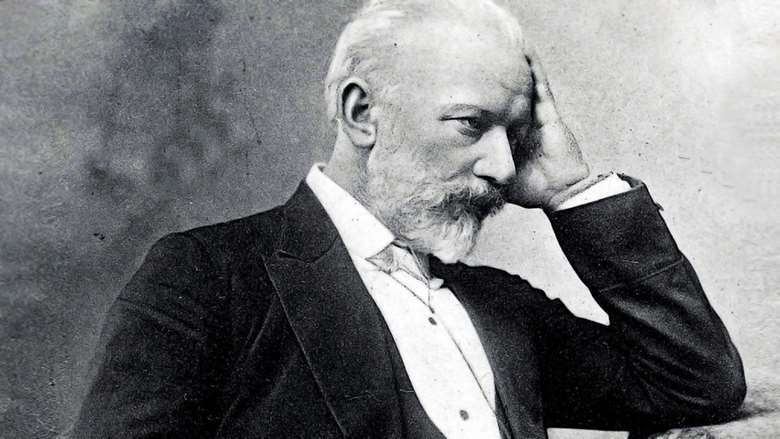
Register now to continue reading
Thanks for exploring the Gramophone website. Sign up for a free account today to enjoy the following benefits:
- Free access to 3 subscriber-only articles per month
- Unlimited access to our news, podcasts and awards pages
- Free weekly email newsletter




